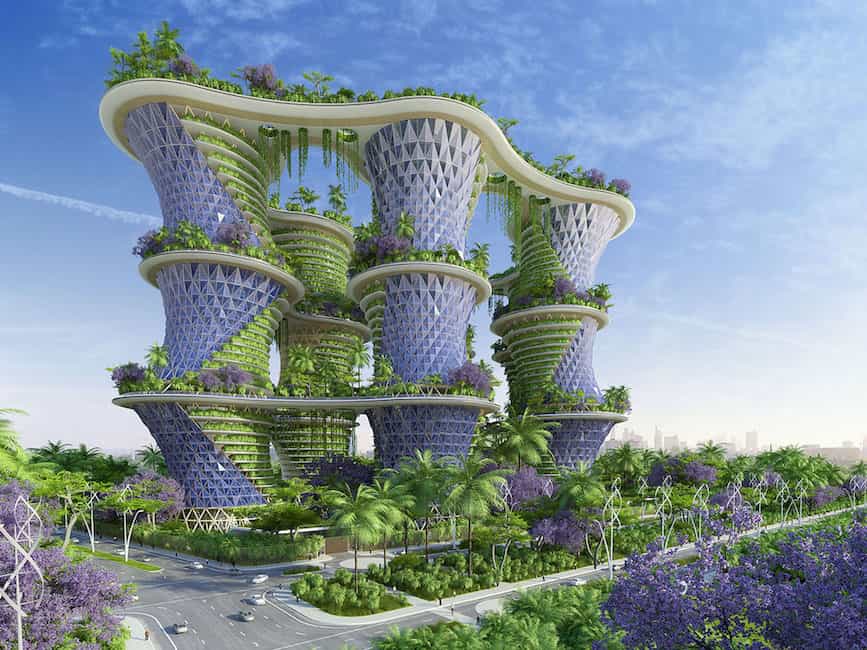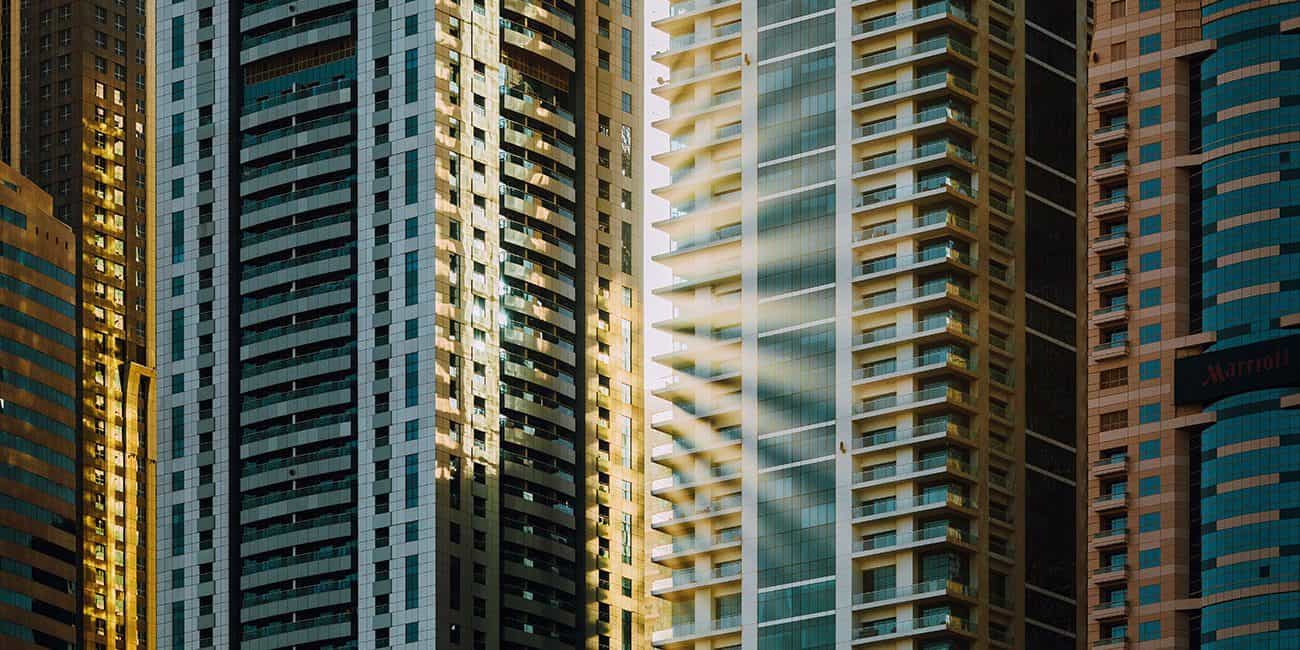The first skyscraper came up in the 19th century — the iconic Home Insurance Building. Located in Chicago, the ten-tier building housed an insurance company. It was made up of the best steel and iron and surrounded by a façade of pane and glass. However, it wasn’t the first architectural breakthrough that led to the development of the city skylines we see today. Every floor told a story of hard work and sweat that engineers put into making this a success.
Since the first skyscraper, we haven’t looked back. Today, our cities are filled with substantial steel buildings that have followed a similar design and construction approach. Engineers have matured in terms of professional and personal life, which has followed concrete divides that have supported the urban life we testify today. The city center is a commercial hub from which people flow in and out every week. Many individuals following a 9 to 5 occupation don’t have much choice but to live in and around the cities.
What Will Urban Centers Look Like In The Future?
The world we know and continue to acknowledge is evolving. A popular statistic has it that by 2050, almost 70 percent of the world’s population will be residing in urban regions. Over 90 percent of this migration will be happening in Asia and Africa. The “great shift” together with the expected rise in population means that our cities will house another three billion people over the next three decades. Soon, we won’t have much space anymore.
If we are eager to have urban areas that welcome growth, we should be willing to change our outlook on building. The solution for the future lies in vertical villages. The promotion of metal buildings will be a crucial driver to its massive adoption. Let’s say that having suburbs sitting in our cities isn’t such a bad idea. Having a “village” is not necessarily because we are an endangered species, but because we need to create space for all of us.
Villages Will Raise Cities

Do you remember the large tower downtown? Once reserved for commercial uses, the place is now a multipurpose space where family, business, and communities intermingle. Space gives us an opportunity of seeing what it’s like to have a blended urban ecology. We call it a vertical village, a level building that houses a broad social diversity. That is how you can inject new living into old infrastructure. Thanks to this model, residential and commercial occupants can take advantage of shared infrastructure to care for all their needs.
In this kind of mixed design, you can find an apartment in the corner of an office. Residents leave in the morning and come back in the evening. They may also interact with the office workers in shared amenities like coffee shops and sports arenas. A library services those who work there and those who reside in the building; same case to the garden. You can have an IT department neighboring a broad community within the estate. That way, residents and employees are guaranteed of high-tech innovation, safety, and smart health amenities.
Let’s broaden our imagination a little further. The building is one of many metal buildings in the suburb, and they are linked to each other by sidewalks and skywalks. That is how the central infrastructure where people meet is enclosed. The “vertical Kampong” is a building in Singapore that hopes to meet these specifications. Some of the recreational amenities in the area include terraces, sky gardens, and communal spaces where residents meet and interact. There are also centers for childcare and seniors next to each other.
Jigsaw Plans
The steel buildings should be ultra-nimble so that it makes the area comfortable for urban living. Several aspects of the design should be adjustable. For instance, floor plans and layouts should accommodate the possibility of changes. Floor plans need to be flexible for change. An underfloor relocation system should have the capacity of moving pods around on connected grids under the raised floor.
Shifting a living unit should be in the vicinity of all services, requiring the input of a building manager. Structural mobility implies that an apartment can change the floor or shift within the same level. That way, the occupants experience “new living” while in the same structure.
Such high mobility shouldn’t interrupt sophistication. Certain features should achieve a high level of scale and openness. For instance, LED lights can be all over the apartments and monitor people that are passing nearby. That way, workers can enjoy the same views as the residents and feel safe as they move around. Construction doesn’t have to take place in the structure as the designs can be pre-fabricated and installed on the site later.
Engineering Communities
What do vertical villages have to offer communities? Is it all about great aesthetic and luxurious living? Design-wise, it should encourage the idea that human beings are sociable and thrive in authentic connections and good relationships. The digital era has brought people further apart, but the villages can fix this. Generation Z is looking for more human connection, and there is no better way to fulfill customer needs than giving them what they want.
Gensler Architects, in their “Top Trends Shaping Design” of 2014, talked about bringing change in supporting such designs. Architects are setting aside old ways because they want to look at building holistically. The real estate industry is fast pacing, and we must embrace newer technologies.
To create an active urban system, designers will include social spaces like carpenter shops, communal kitchens, dance studios, and mini-theaters. The social culture should be self-regulated by an urban way of living that is locally relevant and sustainable. Small businesses will flourish because they serve clientele during working hours and off-hours because of the residents.
You are probably wondering if this fantastic idea will come to pass because of the logistics surrounding it, which is a legitimate concern. New ideas always seem absurd and nearly impossible during planning, but achievable. The phenomenon of having vertical buildings will unfold in its time, thanks to generational change and the need for socialization. Climate change and urbanization have made it clear that we need to design for the future. There will always be unprecedented growth, and we cannot afford to be unaware. The traditional idea of having office buildings is an outdated model that wastes space and energy. It is like a 1D model stuck in a 3D world.
Why would we want to hold on to old ideas and outdated ways? It is time we welcome the future by considering new plans for our cities. We need to find something that brings value to the current spaces and creates essential collaborations.
Article originally published by Aurecon’s Just Imagine Blog
Photo from Aurecongroup.com, DesignCurial.com



